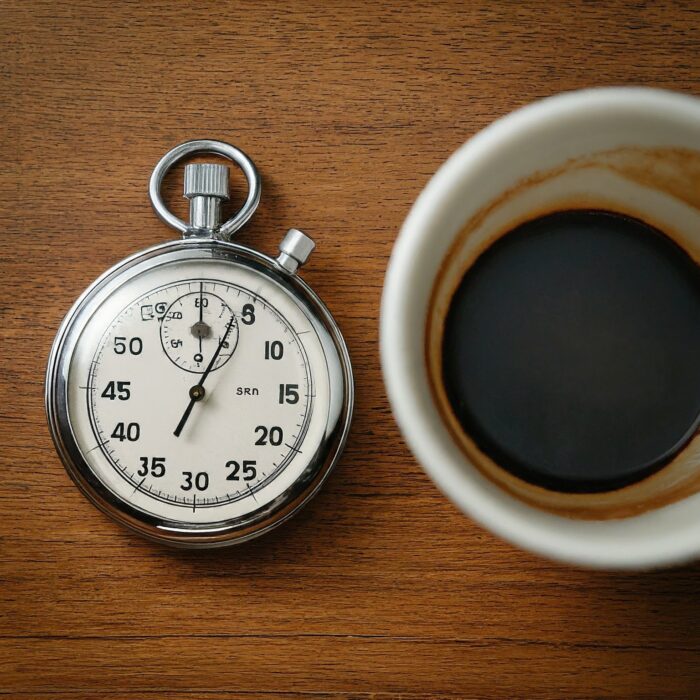Imagine some days where you have so much to do. Days where you have to submit university assignments, complete project work, juggle family and friends’ commitments, and somehow stay sane and maintaining productivity at the same time. Sound familiar? You are not alone. We all have been in this situation not just once, but multiple times, and it often results in one of three outcomes:
- You complete all the work that was due.
- You complete a portion of the work.
- You complete nothing and end up regretting your decisions, ultimately ruining your day.
Of these three outcomes, the last one is the most detrimental. Finding yourself at the end of the day with nothing accomplished. How can you tackle multiple tasks and end your day with a sense of achievement rather than regret by enhancing productivity?
We hear everyone advising on setting goals, prioritizing tasks, and leveraging technology, employing strategic rules to stay on track and boost productivity. Along with these tips we can focus on implementing some rules which are researched and are proven to be scientifically valid on multiple scenarios. So what is stopping from trying these validated and researched methods.Here are a few powerful rules to incorporate into your routine:
1. The 5-Second Rule

The 5-Second Rule, popularized by Mel Robbins, is a simple yet effective tool to overcome procrastination and hesitation. When you have an impulse to act on a goal, count down from five and then take action before your mind comes up with excuses.
How to use it:
- When you need to start a task, count down from five (5-4-3-2-1) and then move into action immediately.
- This helps bypass overthinking and kick-starts productivity.
2. The Two-Minute Rule
The Two-Minute Rule, derived from David Allen’s book Getting Things Done, suggests that if a task can be completed in two minutes or less, do it immediately. This prevents small tasks from piling up and becoming overwhelming.
How to use it:
- When you identify a task that takes less than two minutes (like replying to an email or organizing your desk), complete it right away.
- This keeps your task list manageable and your mind clear.
3. The Pomodoro Technique
The Pomodoro Technique is a time management method developed by Francesco Cirillo. It involves working in focused bursts (usually 25 minutes) followed by short breaks. This helps maintain concentration and prevents burnout.
How to use it:
- Set a timer for 25 minutes and work on a single task without interruptions.
- After the timer goes off, take a 5-minute break.
- Repeat the cycle, and after four sessions, take a longer break (15-30 minutes).
4. The 80/20 Rule (Pareto Principle)

The 80/20 Rule suggests that 80% of your results come from 20% of your efforts. Identifying and focusing on these high-impact tasks can significantly boost productivity.
How to use it:
- Review your tasks and identify the ones that contribute the most to your goals.
- Prioritize these tasks and allocate more time and resources to them.
5. The MIT Rule (Most Important Task)

The MIT Rule involves identifying the most important task (or tasks) of the day and completing it first. This ensures that you tackle your highest priority work when you have the most energy and focus.
How to use it:
- At the start of your day, determine your MIT – the one task that will make the biggest impact if completed.
- Focus on completing this task before moving on to others.
Conclusion
Incorporating these strategic rules into your daily routine can dramatically enhance your productivity and help you manage a busy schedule more effectively. By using the 5-Second Rule to initiate action, the Two-Minute Rule to handle quick tasks, the Pomodoro Technique to maintain focus, the 80/20 Rule to prioritize high-impact activities and the MIT Rule to tackle key tasks first, you can achieve more with less stress.
Experiment with these strategies, find what works best for you, and watch as your productivity soars. Remember, the goal is not just to work harder, but to work smarter.


Hello to every , because I am really keen of reading this web site’s post to be updated regularly.
It includes good data.
My homepage John E. Snyder